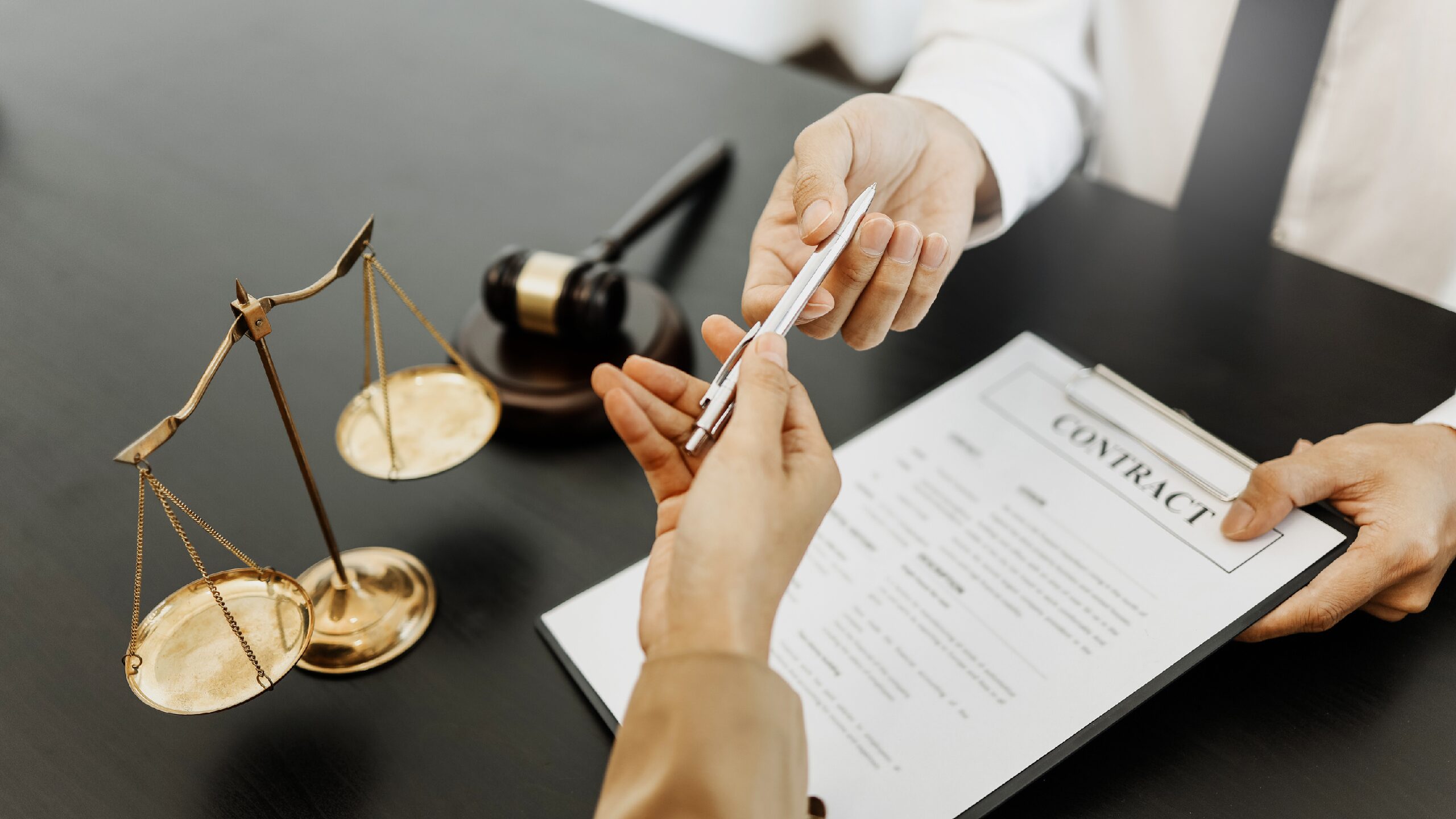How do I clear my Directors Loan Account?
What is a director’s loan account?
A DLA (Director’s Loan Account) is an account on a company financial record that keeps track of all transactions between the director and the company (a virtual account which exists only in your accounting records – it can be in debit or in credit). If it’s in credit, the company owes money to the director and if the account is in debit, the director owes money to the company (sometimes referred to as an overdrawn director’s loan account).
A Director’s loan is defined as an amount received, by an individual or their family members, which isn’t an expense repayment, dividend, salary, or a return of money that an individual has formerly introduced into the company or loaned the business.
So, what happens when you’ve got an overdrawn Directors Loan Account?
There is no problem with having a DLA that it’s in debt, it’s just important to ensure its repaid within nine months of the end of the accounting period. Issues develop when it is not paid in time (nine months of your company’s year-end).
It is important that your overdrawn loan is reflected in your company tax return and the amount owed is clear to see.
Your company will have to pay corporation tax on any amount that has not been repaid in time.
Your company will have to pay S455 tax on any amount that has not been repaid within the nine months of your company’s year-end. S455 tax is different from regular taxes as it is repaid back to the company as the overdrawn DLA is repaid.
If you would like to learn more on S455 tax we have a whole related blog post on this subject which you can read here for more information: What is S455 Tax, the Directors Loan Account and who pays it?
You should be aware that HMRC can question you about the presence of a director’s loan account at any time as part of a corporation tax compliance check, so make sure you include all entries accurately and on time.
How do I clear an overdrawn Director’s Loan Account?
For this, you have two options available to you…
You can pay the overdrawn sum using your personal account and pay it back into your company bank account. If you do not have the exact figure, you can pay in lump sums up to the 9 months after the year end. If there is still an overdrawn sum at this point, then you will pay 32.5% from 6th April 2022 this is charged at 33.75% S455 tax on the remaining loan.
As your second option, you can…
If your company has enough profits in the start of the next financial year (this will have started by the time the 9-month deadline for repayment is up), then you can declare an interim dividend to clear the Director’s Loan. For example, if the company has had a successful year, then you can distribute this before the year end. As long as the Director with the overdrawn account does not take the money physically, this dividend then pays off the Director’s Loan balance.
How to reduce an overdrawn director’s loan account:
Often Director’s will not physically take the salary that is declared for them. This is also a way to reduce an overdrawn Director’s Loan. This is because the Director is owed a salary by the company but has not physically taken it. The money you are owed in salary by the company is then taken off the money that you owe the company back.
Are there any circumstances where a DLA can just be written off?
In a ‘close company’, defined as a limited company with fewer than five shareholders, a director’s loan can be written off if that director is also a shareholder. In that situation, the director’s loan will instead be treated as a distribution of profits.
If the director is not a shareholder in the close company, the outstanding amount will be taxed as employment income. That must be included on the director’s own tax return within the ‘additional information’ section. If you pay tax at the higher rate, then the amount due can be considerable. You will also have to pay National Insurance contributions.
However, in the situation of a company liquidation, the liquidator has a legal duty to pursue every possible avenue to raise funds so the creditors can be repaid in part or in full. In this instance, the liquidator may pursue the director for what was in the overdrawn director’s loan account, even if the debt had previously been written off.
What is a P11d?
If an overdrawn Director’s Loan balance is more than £10,000 overdrawn, then a P11d benefit is payable. This is the case when the DLA is a ‘beneficial loan’ effectively an interest-free loan. Exceptions: director is charged and pays the national rate of interest or where the loan is deemed ‘small’ under £10,000.
A P11d is a form of National Insurance due on benefits given to company employees. These can include private medical insurance and cars provided to employees which are paid for by the company. For more information on other items that attract P11d benefits please consult the Gov website here: https://www.gov.uk/government/publications/paye-end-of-year-expenses-and-benefits-p11d
Do you still need advice?
Here at Farnell Clarke, we can help you with any questions or queries you may have – don’t hesitate to get in touch with us today.


